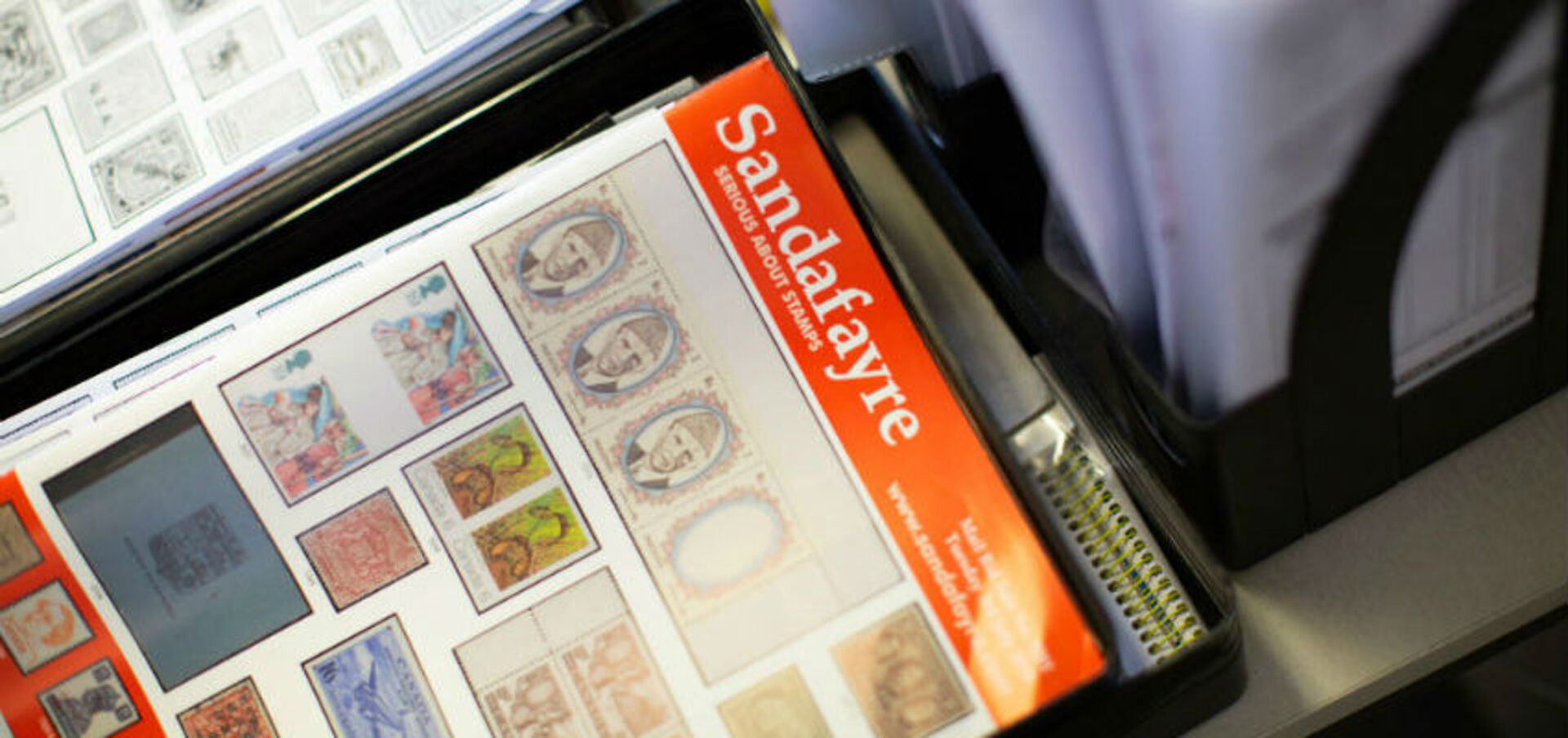The Shackleton and Scott Expedition stamps.
In January 1902, the “Discovery” British Antarctic Expedition sighted a large ice covered cape near to what later was named the Alexandra Mountain Range. The leader of the Expedition, Captain Robert Falcon Scott, named the territory “King Edward VII Land” after the then reigning British monarch. King Edward VII Land, which is separated from Victoria Land by the Ross Ice Sheet, is now part of Ross Dependency, all of which is a New Zealand Protectorate.
There was considerable rivalry as expeditions competed to reach the South Pole often also carrying out important geological surveys and research along the way. Diaries and books show the determination, bravery and heroic acts that accompanied each, often in appalling weather conditions and in a harsh, usually uncharted and rapidly changing environment. This was truly the era of “Boy’s Own Adventures and Ripping Yarns”! Remarkably, just sixty years later men were walking on the moon and satellites now provide modern Antarctic Explorers with significantly easier communication and navigation!
The British Antarctic Expedition 1907-1909 was lead by one such hero, Captain Ernest H. Shackleton. The “Nimrod”, a forty one year old, 334 ton former whaling schooner which had originally left Cowes in the English Channel in August 1907, sailed from New Zealand on New Year’s Day 1908. On board were sixteen expedition members, a crew of twenty six officers and men together with ten ponies, nine sledge dogs, supplies and materials. To help finance and publicise the expedition, with the authority of the New Zealand Government and Postal Department, nearly 24,000 1d rose- carmine “Universal” stamps with the “King Edward VII Land” overprint were supplied for use during the expedition. Captain Shackelton was also appointed the Post Master and provided with a Circular Date Canceller bearing the words “Brit. Antarctic Expd.” To save fuel, the “Nimrod” had been towed the 1,500 miles from New Zealand, reaching the edge of the ice cap in early January. From the Bay of Whales it navigated westwards arriving in McMurdo Sound in the Ross Sea in mid-January. Winter quarters were established at Cape Royds. The first mail bearing a 15th January 1908 postmark was transferred and carried on the accompanying vessel’s return to New Zealand.
The Expedition did not reach the South Pole, having to turn back due to the severe weather and a shortage of supplies. By the 9th January 1909 (over one year after leaving New Zealand), some 97 miles short of their objective but 320 miles further than any previous expedition had reached, a decision was made to return across the snow and wind swept ice shelf to the base camp, but not before a brass cylinder containing a Union Jack Flag, some documents and examples of the overprinted stamps was buried in the ice. Throughout the period, covers bearing the specially postmarked overprinted stamps were routinely carried to addresses in New Zealand and elsewhere in the world.
The Expedition returned to New Zealand, the last correspondence bore a postmark dated the 4th March 1909. The “Nimrod” returned to Britain and for a short time was moored on the Thames near Blackfriars. The vessel was subsequently lost and sunk off the coast of Norfolk in late January 1919.
Offered in this sale is an example of the 1908 1d rose- carmine with “King Edward VII Land” overprint in very fine mint condition. Over the next few sales we are delighted to offer a number of different stamps from both Shackletons & Scotts Expeditions both mint & used, on cover & on piece with expedition logos & special cancels.
These stamps offer a fascinating insight into a pre-space age era of discovery characterised by bravery, difficulties and uncertainties that often literally exposed participants to truly life threatening experiences which to some, in such a rapidly changing world, may now be difficult to fully appreciate. Find them in Stanley Gibbons after the New Zealand Postal Fiscal listings.

 General
General
 General
General
 General
General